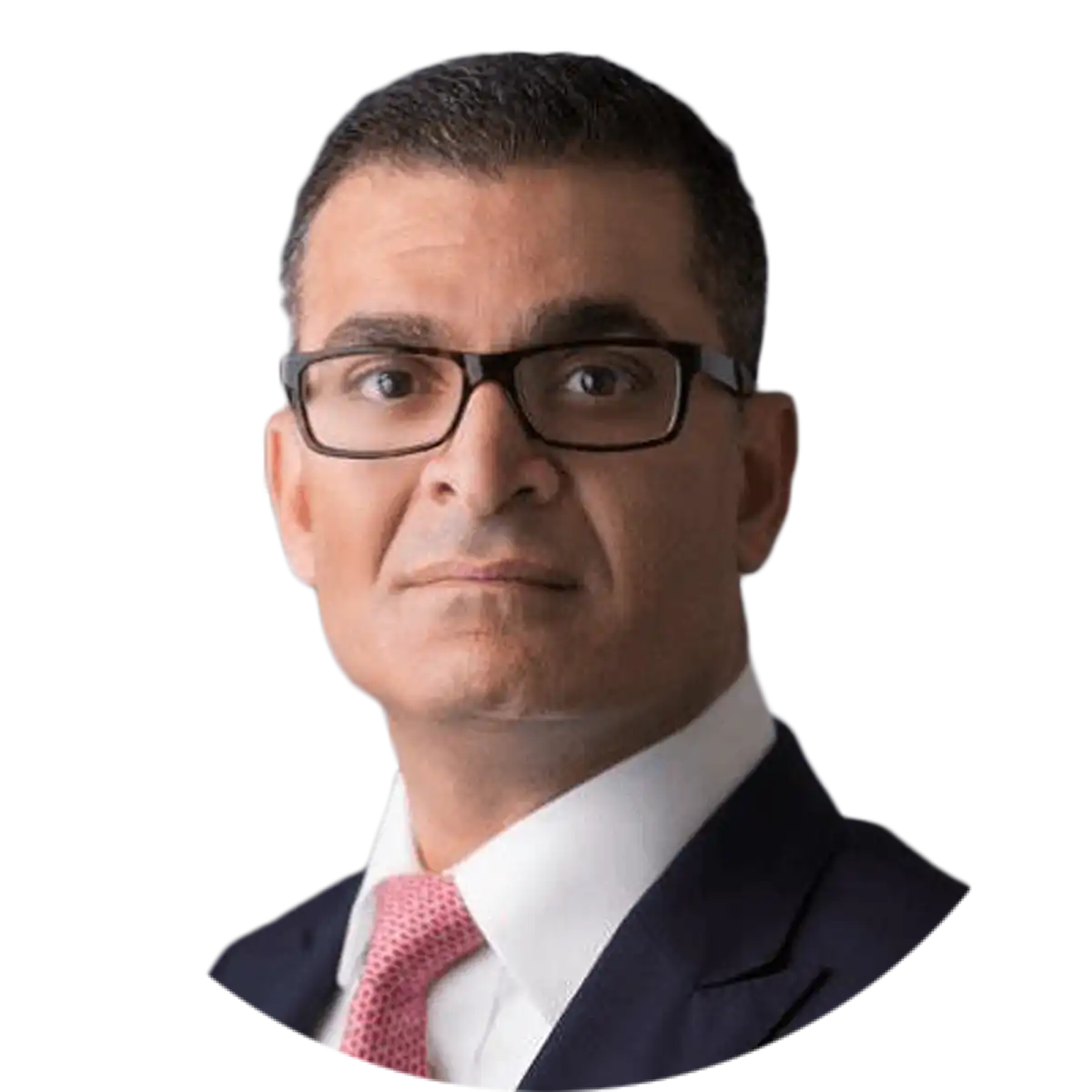Global Exchange Leader Conference
237 Park Avenue
(entrance on Lexington b/w 45th & 46th)
2024 Confirmed Speakers
Fireside Chats
Panels
US Market Structure & Regulation: Waiting for Gensler
Managing the Modern Buy-Side Trading Desk
European Market Structure & Regulation: Promise of a New Era?
What to Expect After Election Day: The Outlook for Markets Policy
Underdog Stories: Challenging the Big Three US Exchange Groups
2024 Confirmed Panels
US Market Structure & Regulation: Waiting for Gensler
It’s been nearly two years since the Securities and Exchange Commission proposed the most-sweeping US Equity Market Structure reforms in a generation. So far only one small, mostly uncontroversial piece of that package has been adopted, amid widespread industry and bipartisan Congressional opposition to the rest, including threats of federal litigation. Will SEC Chair Gary Gensler, who has been vocal about the need for reform, follow through on the other proposals anytime soon? In the meantime, how are market participants responding to a range of changing competitive dynamics, including persistently high retail and off-exchange market share, an ever-expanding venue landscape and a push for more off-hours and overnight trading? Our panel of senior exchange, sell-side and buy-side speakers breaks it all down.
- Mark Gurliacci, Global Head of Systematic Execution Services, AllianceBernstein
- Jon Herrick, Chief Product Officer, NYSE
- Chuck Mack, Head of Strategy, North American Trading Services, Nasdaq
- Tara Muller, Senior Advisor, Virtu Financial
- Sapna Patel, Head of Americas Market Structure and Liquidity Strategy, Morgan Stanley
Moderator: Justin Schack, Partner & Head of Market Structure, Rosenblatt
Managing the Modern Buy-Side Trading Desk
Running an institutional trading desk has never been more challenging. Volumes are surging, but intraday liquidity can be disappointingly thin, as more activity migrates to closing auctions or leaves public markets for bilateral internalization. The pace of market-structure and technological change is often dizzying, with an array of new exchanges and off-board venues readying launches and artificial intelligence making its way into electronic-trading products. And relentless fee compression and margin pressure for asset managers means head traders have precious few resources to bring to the fight. Hear from seasoned buy-side trading-desk heads about how they’re approaching it all.
- Timothy Flynn, Co-Head of US Sector Trading, Fidelity Investments
- Mehmet Kinak, Global Head of Equity Trading, T. Rowe Price
- Rob Louka, Head of Trading, Quantitative Equity Group, Vanguard Group
- Eden Simmer, Head of Global Equity Trading, PIMCO
Moderator: Valerie Bogard, US Market Structure Analyst, Rosenblatt
European Market Structure & Regulation: Promise of a New Era?
European equity markets have been struggling with low volumes, sparse liquidity and anemic primary issuance. Meanwhile, operating costs and complexity for market participants have increased since the EU and UK failed to negotiate post-Brexit regulatory equivalence. But hopeful signs are beginning to surface. A new Labor government in the UK likely will increase cooperation with the EU, which itself is seeking to replace its fragmented array of national market regulators with a single, pan-European entity. Both jurisdictions are planning to introduce long-awaited consolidated tapes that could stimulate volumes. And a rewrite of UK listings rules already may be bearing fruit for the London Stock Exchange. Of course, competition among exchanges and alternative venues isn’t ceasing amid all this uncertainty. In this session, we’ll hear from a host of major market participants about the latest developments and how this emerging landscape will evolve.
- Virginie Saade, Head of Government & Regulatory Policy, EMEA, Citadel
- Maria Salamanca Mejia, Head of EMEA Equity Market Structure, Morgan Stanley
- Natan Tiefenbrun, President, North American and European Equities, Cboe Global Markets
- Richard Worrell, Co-Head of Equities, London Stock Exchange Group
Moderator: Will Hadfield, European Market Structure Analyst, Rosenblatt
What to Expect After Election Day: The Outlook for Markets Policy
The past four years have been among the most active in modern history for US markets rulemaking. That’s been particularly true at the SEC, which has fashioned sweeping reforms of equity market structure and a host of corporate and investor disclosures pertaining to environmental exposure, stock buybacks and beneficial ownership, among other measures. Republicans in Congress have clashed sharply with SEC Chair Gary Gensler and his Democratic supporters on these and a host of other issues, including how cryptocurrencies should be regulated. But election years have a way of changing things in the markets-policy world. With a tightly divided electorate the outcome of November’s polling is still anyone’s guess, but one thing is for certain: come January there will be a new president living in the White House. What would either a Trump or Harris win mean for the regulatory outlook? And what about the battle for control of Congress? Our panel of four seasoned Beltway hands, including former senior Congressional staffers and SEC officials, games out the possibilities.
- Katelynn Bradley, CEO, O’Neil Bradley Consulting
- Jennie Jacoby, Financial Services Policy Counsel, Invariant
- Lucas Moskowitz, General Counsel, Robinhood
- Elad Roisman, Partner, Cravath, Swaine & Moore
Moderator: Justin Schack, Partner & Head of Market Structure, Rosenblatt
Underdog Stories: Challenging the Big Three US Exchange Groups
The brutally competitive US equity exchange landscape is only getting more difficult to navigate, amid swollen off-board market share and a packed queue of newcomers seeking regulatory approval to launch. On-exchange market share has been hovering at about 53% of consolidated volume, and the dominant three exchange “families” — NYSE, Nasdaq and Cboe — together account for 47%, leaving four rival operators (and counting) to split a very tiny piece of the pie. How can challengers to the Big Three distinguish themselves in such a fragmented, yet concentrated, market? Leaders of the two biggest challenger exchanges — MEMX and IEX — will share their views during this session.
- Bryan Harkins, President, IEX
- Jonathan Kellner, CEO, MEMX
Moderator: Valerie Bogard, US Market Structure Analyst, Rosenblatt
Event Agenda



































































